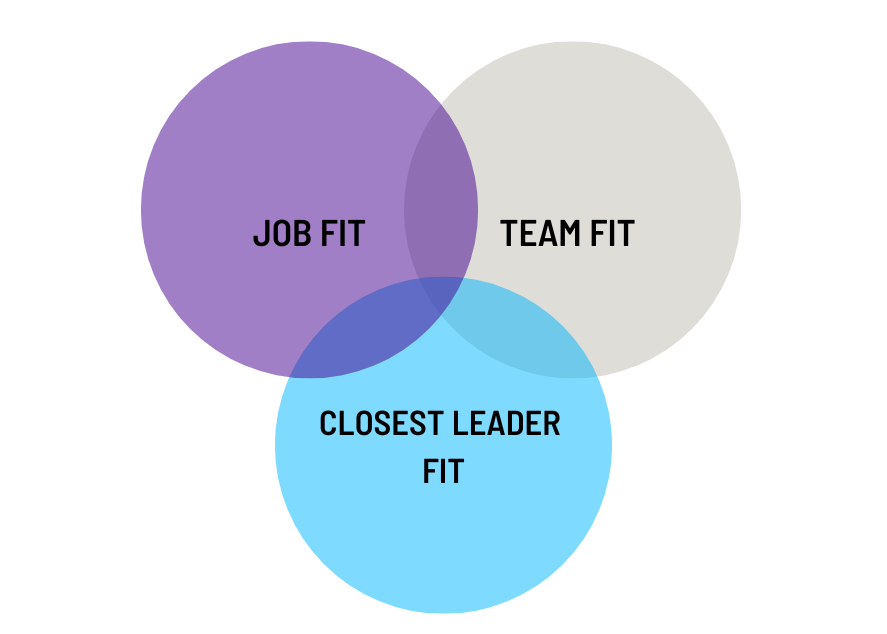Reboarding
How do you keep your employees performing well?
You’ve probably experienced this scenario: A high-performing employee has been booming for 1-2 years until something changes. It could be a new manager, the employee is moved to a different team, they are promoted or the company restructures in some other way.
However, the employee’s performance is suddenly not the same and they are now more in line with the company average. Why has this happened when they have been one of the driving forces for so long?


Find the employee’s sweet spot
We’ve documented before that talent is a context-dependent phenomenon, so it stands to reason that the explanation lies in changing the context that the employee is part of. Many companies talk about preboarding, onboarding and offboarding, but reboarding is perhaps the most important ongoing discipline.
Good reboarding ensures sustained employee performance and wellbeing and keeps turnover low as engagement and wellbeing make people stay longer.

Make the most of your employees
The TT38 test is an effective tool for continuous reboarding. By testing employees, managers and preferably the team, you get to know their talents and person-job fit, person-leader fit and person-culture fit. This makes it possible to adapt the work tasks and environment to the person to be reboarded.
Perhaps they can achieve the same high performance as before by working for another manager who has a better person-leader fit, or perhaps optimizations can be made to the team to increase performance. In addition, context issues can be mitigated through good, talent-based dialogs.
We often find that knowing each other’s talents tends to disarm conflict because understanding each other leads to acceptance. What used to cause frustration between employees due to conflicting talents can be turned into a strength if differences are properly orchestrated.
DID YOU KNOW?
A META-ANALYSIS OF 1.2 MILLION PEOPLE SHOWED THE FOLLOWING RELATIONSHIP BETWEEN TALENT-BASED EMPLOYEE DEVELOPMENT AND COMPANY OUTPUT:
– Customer engagement: 3.4-6.9% increase
– Employee engagement: 9.0-15.0% increase
– Profit: 14.4-29.4% increase
– Sales: 10.3-19.3% increase
– Low churn: 5.8-16.1% reduction
– High churn: 26.0-71.8% reduction
